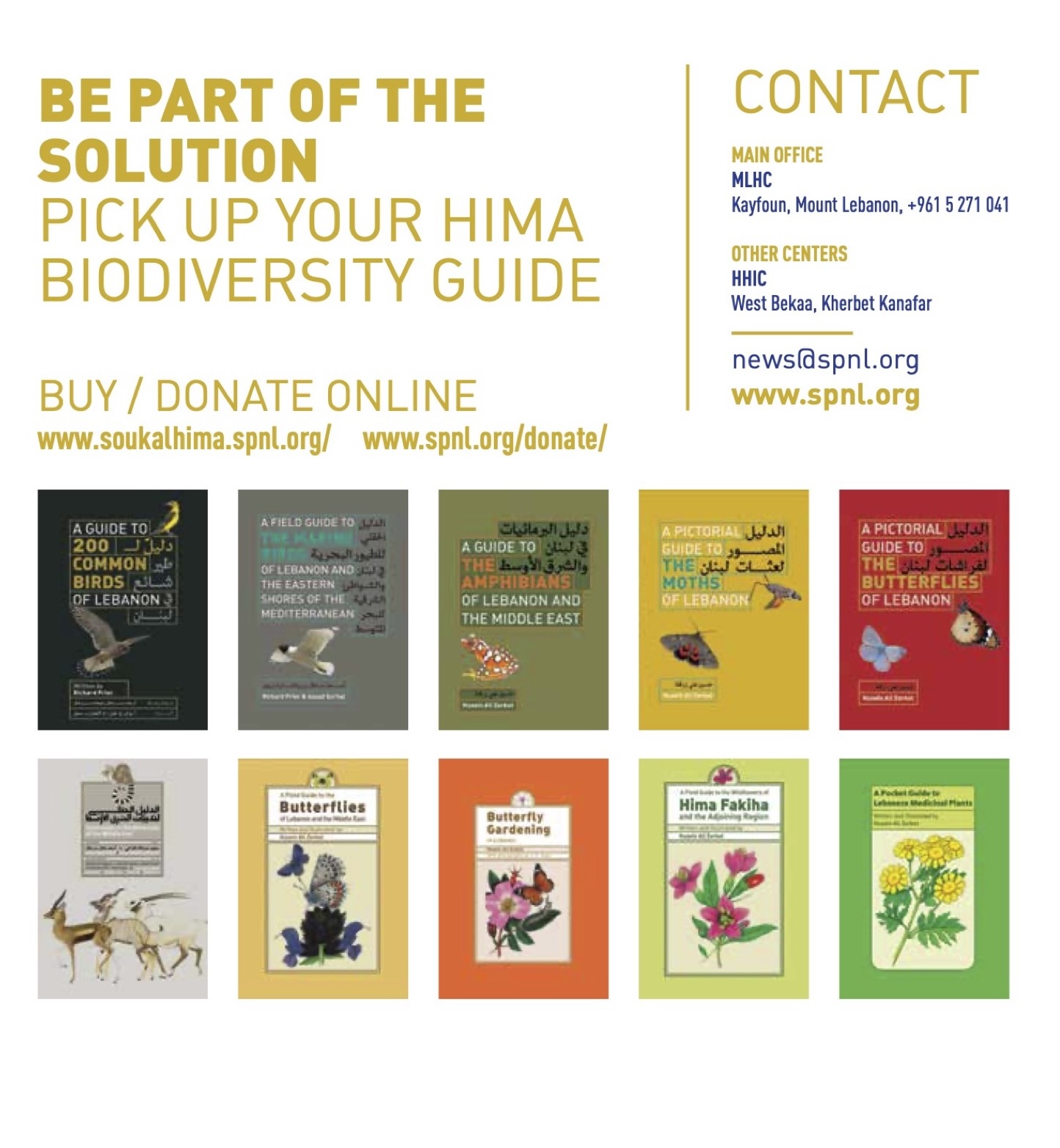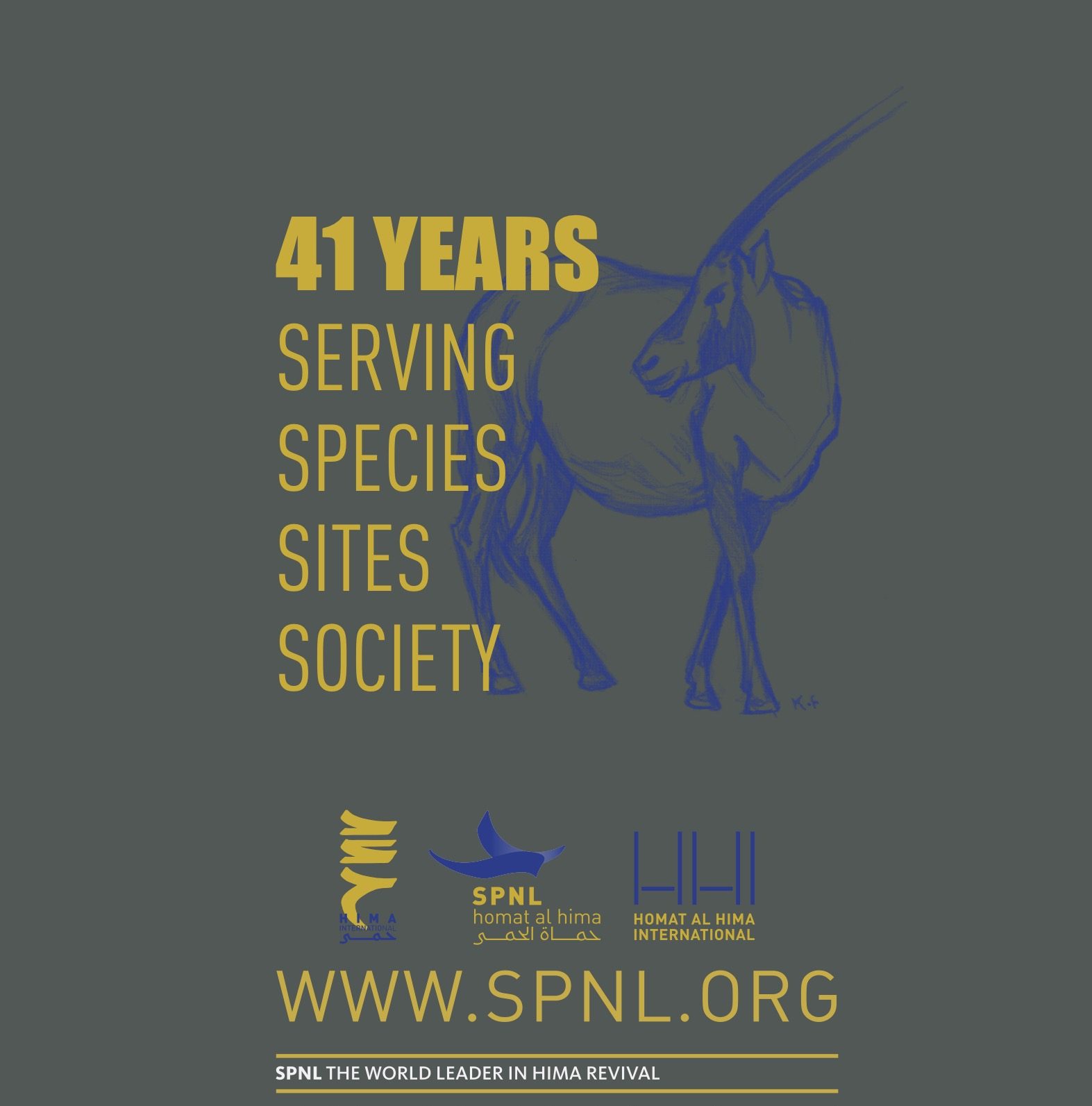As we mark World Wetlands Day 2025 under the theme “Protecting Wetlands for Our Common Future,” we shine a spotlight on these vital landscapes and their role in securing a future where both people and nature thrive.
On the edges of rivers, along vast coastlines, and in the heart of dense forests, wetlands breathe life into our planet. They are the arteries of our ecosystems, sustaining biodiversity, regulating climate and providing livelihoods for millions of people. Yet, despite their undeniable importance, wetlands are vanishing three times faster than forests, putting countless species at risk.
”Wetlands have always been more than just ecosystems, they are places of hope and resilience, and by working together we can ensure they will thrive for generations to come”
Martin Harper, CEO, BirdLife International
Wetlands are essential for birds, serving as breeding grounds, migratory stopovers, and feeding areas. From the delicate waders of European estuaries to the flamboyant flamingos of African salt pans, birds rely on wetlands for survival. When these habitats are lost or degraded, bird populations plummet, disrupting ecological balance and warning us of greater environmental threats.
For centuries, wetlands have sustained human civilisations, providing fresh water, food, and climate resilience. They act as natural sponges, absorbing floodwaters and mitigating droughts, protecting coastal communities from storms, and filtering pollutants from water sources. By investing in wetland conservation, we invest in food security, disaster risk reduction, and climate action.
From continent to continent, wetlands play diverse yet interconnected roles in sustaining biodiversity and human life. Below, we explore how our different regions are working to protect these vital ecosystems.






